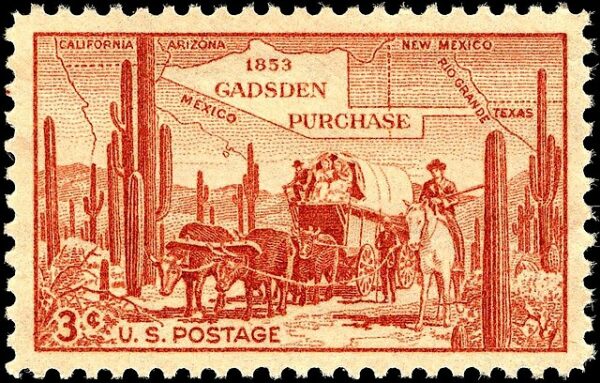On September 25, 1789, the First Congress of the United States proposed to the state legislatures twelve amendments that would enshrine American freedoms directly into the Constitution. Soon to be called the American Bill of Rights, ten were later ratified by the states and became the cornerstone of American democracy.
While it seems obvious today that we should have individual rights enshrined in writing, the Bill of Rights was hotly debated in Congress, especially after the debate over the ratification of the Constitution itself just months before.
In the aftermath of the American Revolutionary War, the need for a stronger central government became evident. The Constitutional Convention of 1787 was convened in Philadelphia to address this issue, leading to the drafting of the U.S. Constitution. However, many of the Constitution’s proponents, known as Federalists, faced strong opposition from Anti-Federalists who feared the concentration of power in a centralized government. This led to a compromise, promising a Bill of Rights to safeguard individual liberties.
The Bill of Rights was introduced in Congress by James Madison, a prominent Federalist who had come to recognize the importance of protecting individual rights. It consisted of twelve proposed amendments, but after extensive debate and deliberation, ten of these amendments were ratified by the states in 1791. These amendments included fundamental protections such as freedom of speech, religion, and the press, as well as the right to bear arms, protection against unreasonable searches and seizures, and the right to a fair trial.
The debates in Congress over the Bill of Rights were intense and revealed deep philosophical differences. Federalists argued that a Bill of Rights was unnecessary, believing the Constitution itself provided sufficient protection for individual liberties. However, Anti-Federalists, led by figures like Patrick Henry, insisted on explicit guarantees of rights to prevent potential abuses by the federal government. The compromise reached between these factions resulted in the adoption of the Bill of Rights as the first ten amendments to the Constitution, fundamentally shaping the American legal and political landscape.
The passage of the Bill of Rights marked a pivotal moment in American history, emphasizing the importance of individual liberties and limiting the power of the federal government. Over the centuries, these amendments have played a crucial role in safeguarding citizens’ rights and freedoms, serving as a model for similar protections in constitutions around the world. They remain a testament to the enduring legacy of the American Revolution and the nation’s commitment to preserving the rights and liberties of its citizens.






